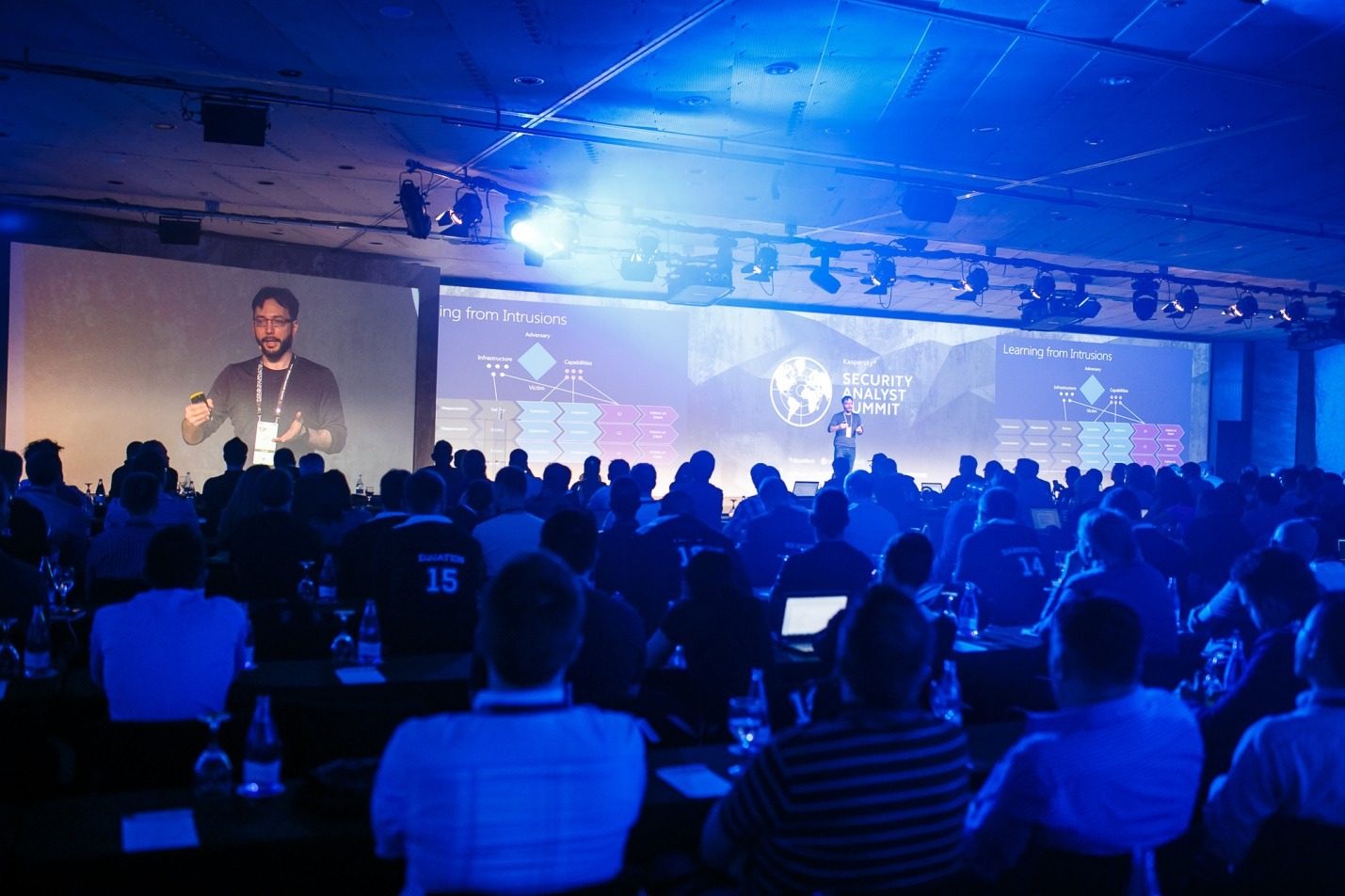April 19, 2017
An Alternative History of Crown Dependencies.
My recent short trips to the Channel Islands (in particular, Jersey) had left me with many unanswered questions and much bewilderment. And of course what amazed me most was the official status of these mini-territories, and the fact that some have their own currency and even Internet domains.
Mercifully, my friend and colleague, V.G, (inter alia, our resident history buff) filled in the blanks in my knowledge regarding these so-called crown dependences in a blogpost he recently put on our intranet on the Second World War – in particular, on the Nazi occupation of crown dependencies. I was going to give you my version of what he wrote there, but, on second thoughts, I decided it’d be better straight from the horse’s historian’s mouth, as they say. So here’s his post – verbatim. All righty. Here we go…
—8<—
In August 1940, a month after the beginning of the Battle of Britain, the German occupation regime of the Channel Islands – up to that moment crown dependencies of Great Britain – was finally established. These islands became – and remained, until May 16, 1945 – the only territories of the British Commonwealth occupied by the Wehrmacht.
A crown dependency is a territory dependent on the mother country (the United Kingdom) – not a colony; this had been the custom since the times of the Dukes of Normandy, and became law in 1563. In 1565, Elisabeth I introduced the institute of governors of the islands of Jersey, Guernsey, Alderney, and others. The island of Sark falls under the jurisdiction of Guernsey and is ruled by a constitutional monarch with the title Seigneur of Sark or Dame of Sark.

























